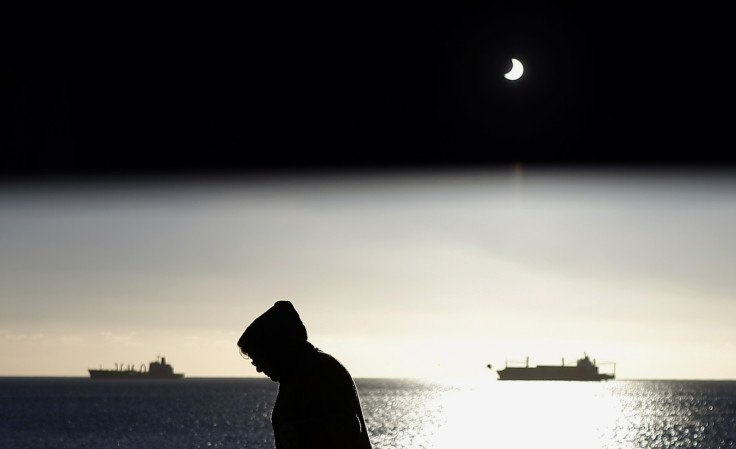Total solar eclipse 2017: How to make homemade viewers and protect your eyes
Do not risk looking directly at the eclipse without proper equipment as you can damage your eyes.

On Monday 21 August, the moon will pass in front of the sun and cast darkness over a 60-mile-wide path across the United States of America, from Oregon through Idaho, Wyoming, Montana, Nebraska, Iowa, Kansas, Missouri, Illinois, Kentucky, Tennessee, Georgia, and North Carolina to South Carolina, from 10:16 PDT to 14:48 EDT.
It's the first total solar eclipse in the US for 99 years, and a once in a lifetime experience for many.
However, as you should never look directly at the sun – it burns your retinas – it is important to view the eclipse safely through either glasses or a viewer.
Nasa notes: "The Sun can only be viewed directly when filters specially designed to protect the eyes are used. Most such filters have a thin layer of chromium alloy or aluminium deposited on their surfaces that attenuates both visible and near-infrared radiation.
"A safe solar filter should transmit less than 0.003% (density~4.5) of visible light (380 to 780 nm) and no more than 0.5% (density~2.3) of the near-infrared radiation (780 to 1400 nm)."
Buy total eclipse glasses
If you are not DIY inclined, you can buy solar eclipse glasses from online retailers such as Amazon and eBay – although be aware that with delivery dates and product demand, they may not be delivered on time. Their safety is also not guaranteed. It is worth asking in a camera and/or telescope shop for what is most suitable.
However, do not use sunglasses or welders goggles thinking this will provide an adequate level of safety because it will not.
Pinhole viewer
This is a very safe way of viewing the solar eclipse – and it is free. To create a pinhole camera, you can use anything that contains small holes – even a colander. Hold the object towards the sun and project the light on a sheet of paper or the ground. An inverted image of the eclipsed sun will appear.
"A pinhole or small opening is used to form an image of the Sun on a screen placed about a metre behind the opening. Multiple openings in perfboard, in a loosely woven straw hat, or even between interlaced fingers can be used to cast a pattern of solar images on a screen," Nasa said.
Binoculars or telescope
Not to look through, that is. Mount a pair of binoculars or telescope on a tripod to magnify the image of the sun on to white card. "The main advantage of the projection methods is that nobody is looking directly at the Sun," Nasa said.
Bucket of water
Fill a bucket with water and look at the reflection of the sun on the surface.
<sup>Note: This article was updated to coincide with the 21 August 2017 eclipse.
© Copyright IBTimes 2025. All rights reserved.






















